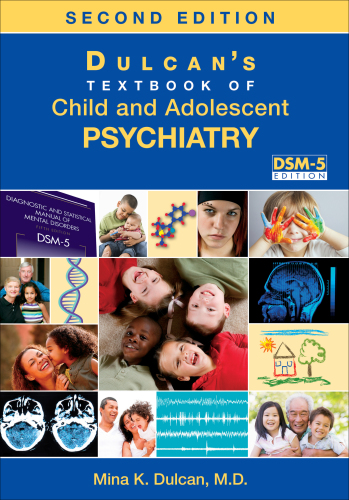What is responsible for therapeutic change? Science offers many examples of misguided assumptions about causality. Until the early 1980s, the majority of physicians as well as lay people believed peptic ulcers were caused by worry, stress, and personality variables (or by excessive coffee drinking or spicy foods). Today we know that about 90% of peptic ulcers are primarily caused by the H. pylori bacteria, which typically can be treated successfully through a 1- to 2-week regimen of antibiotics. When I (D. H. S.) was growing up, most people thought “good foods” were those rich in vitamins. I was encouraged to eat a lot of spinach since it was high in vitamins A and C. I was discouraged from eating blueberries since they had few vitamins and therefore did not contain the essential ingredients that caused good health. Now we know that phytochemicals make a much greater contribution to wellness and that some foods like blueberries, with relatively few vitamins, are loaded with phytochemicals that powerfully promote health. In this instance, while vitamins contribute to good health, they turned out to be not as central as science had previously assumed. This book challenges the commonly held assumption that what causes change in psychotherapy is primarily the unique ingredients in therapy models and techniques. While, like vitamins, these ingre- dients are typically beneficial and we hold them in high regard, we nonetheless challenge their centrality in the process of change
چکیده فارسی
چه چیزی مسئول تغییر درمانی است؟ علم مثال های زیادی از فرضیات نادرست در مورد علیت ارائه می دهد. تا اوایل دهه 1980، اکثر پزشکان و همچنین مردم عادی معتقد بودند که زخم معده ناشی از نگرانی، استرس و متغیرهای شخصیتی (یا نوشیدن بیش از حد قهوه یا غذاهای تند) است. امروزه می دانیم که حدود 90 درصد از زخم های گوارشی عمدتاً توسط باکتری هلیکوباکتر پیلوری ایجاد می شود که معمولاً می توان با موفقیت از طریق یک رژیم 1 تا 2 هفته ای آنتی بیوتیک ها را درمان کرد. وقتی من (D. H. S.) در حال بزرگ شدن بودم، بیشتر مردم فکر می کردند "غذاهای خوب" آنهایی هستند که سرشار از ویتامین هستند. من تشویق به خوردن مقدار زیادی اسفناج شدم، زیرا حاوی ویتامین های A و C فراوان بود. من از خوردن زغال اخته منصرف شدم، زیرا آن ها ویتامین کمی داشتند و بنابراین حاوی مواد ضروری که باعث سلامتی می شد را نداشتند. اکنون می دانیم که فیتوکمیکال ها سهم بسیار بیشتری در سلامتی دارند و برخی از مواد غذایی مانند زغال اخته، با ویتامین های نسبتا کمی، مملو از مواد شیمیایی گیاهی هستند که به شدت سلامت را ارتقا می دهند. در این مثال، در حالی که ویتامینها به سلامتی کمک میکنند، مشخص شد که آنطور که علم قبلاً تصور میکرده اهمیتی ندارند. این کتاب این فرض رایج را به چالش می کشد که آنچه باعث تغییر در روان درمانی می شود در درجه اول اجزای منحصر به فرد در مدل ها و تکنیک های درمانی است. در حالی که، مانند ویتامین ها، این مواد معمولاً مفید هستند و ما آنها را بسیار مورد توجه قرار می دهیم، با این وجود، ما مرکزیت آنها را در فرآیند تغییر به چالش می کشیم
ادامه ...
بستن ...
Author(s): Douglas H. Sprenkle, Sean D. Davis, Jay L. Lebow PhD
Publisher: The Guilford Press, Year: 2009
ISBN: 1606233254,9781606233252
ادامه ...
بستن ...










